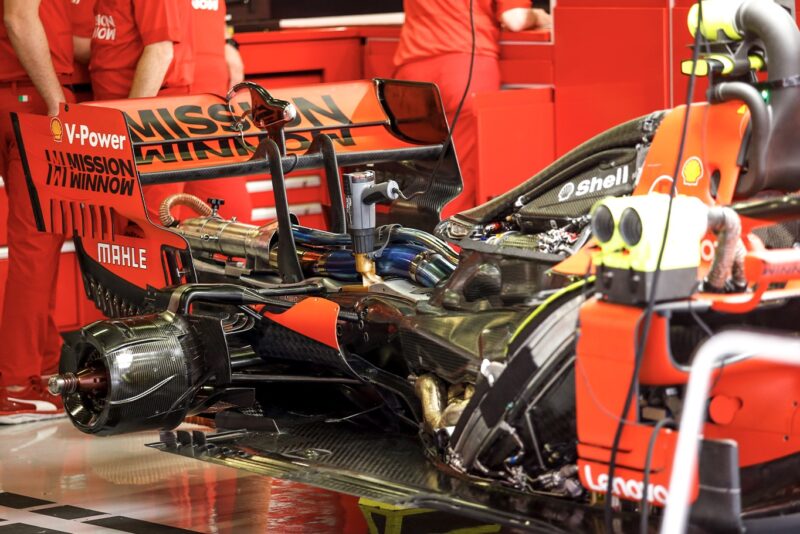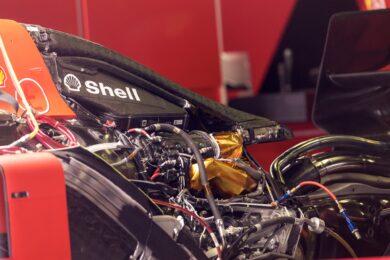There is a technical directive too regarding oil-burning. In previous years teams had been finding ways of introducing more calories for the engine to burn beyond those supplied by the fuel flow limit by introducing combustibles from the oil system. An engine inevitably burns some oil in its normal operation but the limit has been reduced for 2020 to just 0.3-litres per 100km (from 0.9). In addition, the latest technical directive further outlines new measurement and sealing procedures the FIA can implement if it wishes, including physically measuring the oil being put into the engine.
The fourth tech directive is again related to fuel flow and concerns the calibration of the measuring of how much fuel is put into the tank. Since last year, teams have had to declare to the FIA how much is in the tank of the car before the race (as they rarely need to use the full permitted 110kg to complete the race). Under-declaring your starting fuel load could allow an illegal fuel flow to be disguised. Deliberately mis-calibrating the measuring method could help with this deception.
What effect will these changes have? That’s a question the teams will be very interested in. Ferrari itself has helped the FIA frame the IVT and oil-burn regulations, as part of the private agreement reached between the two parties in settlement of the investigation into the team’s 2019 power unit. As such, it has no concerns about being able to meet them. On the other hand, Mercedes and Red Bull/Honda say they were asking the FIA for these measures last year – inferring they won’t have any problem meeting them. The fuel flow restrictions are expected to have cancelled out Ferrari’s significant 2019 horsepower advantage – but Toto Wolff recently seemed to imply he expected Ferrari still to have an advantage. Ferrari is expressing surprise at this – and denying that it has an upgraded engine for Austria. It’s all positioning and paranoia. And will all come out in the wash as racing finally gets underway.



